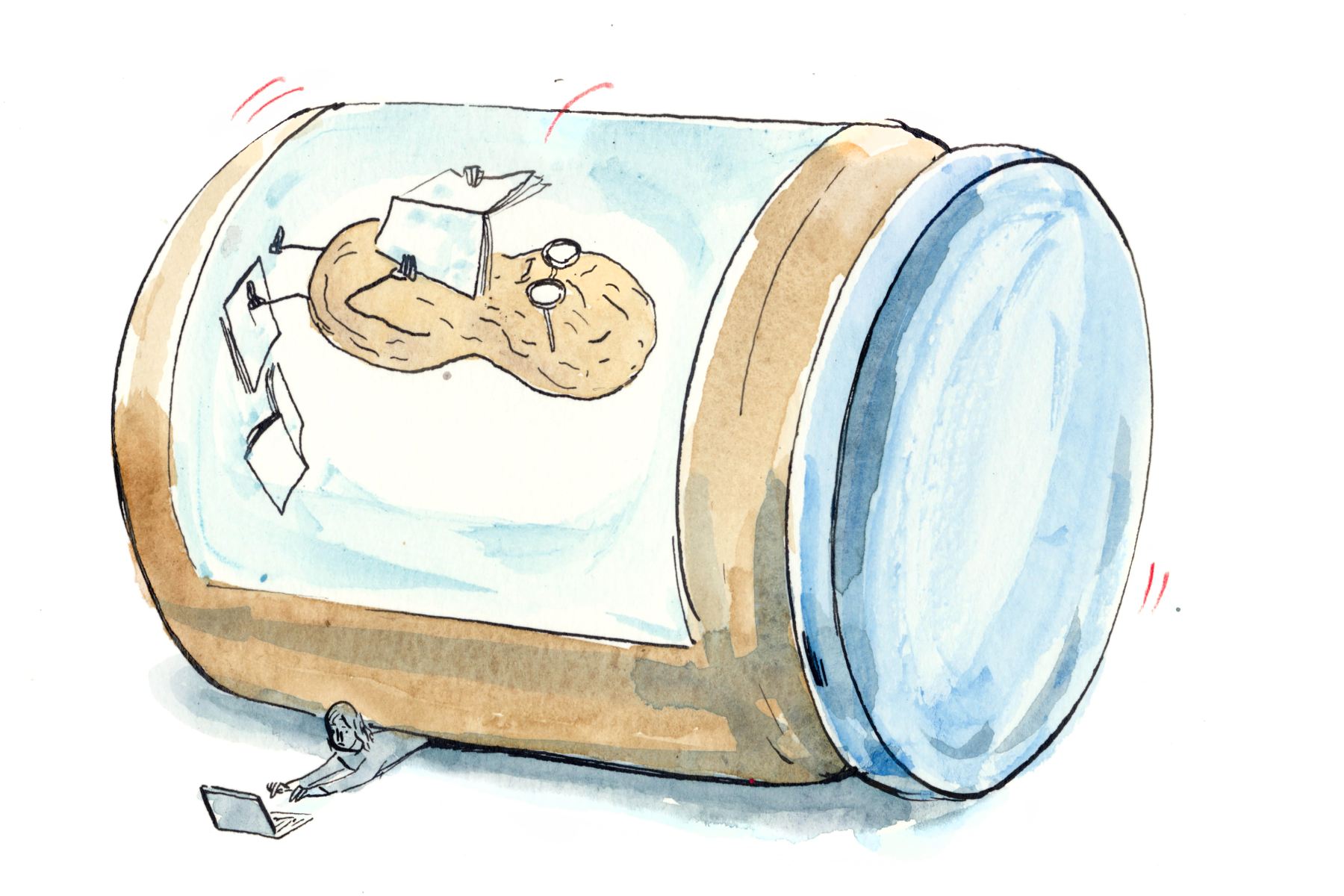
"Used judiciously, a nut graf builds trust. It's a signal that the piece has a direction, that you should stick with it. Handled wrong, it becomes a trust-killing move. A clunky interruption that says: we don't think you can figure this out on your own. And if nut grafing becomes chronic, you create a culture of underestimating readers, of teaching them patience isn't valuable."
"Once you allow that anxiety into an operation, once editors grow afraid that a reader will be unmoored by the slightest jolt, it corrupts everything. Faced with an inventive draft, you tack on boilerplate context, wrecking an interesting structure and sucking all the mystery out of a sly narrative buildup. Unusual or offbeat phrasing? Spike it. Writers, to save themselves the headache of frustrating editing sessions, begin to pre-emptively build their pieces around the idea of a "hook""
The nut graf is a thesis or "nutshell paragraph" near the start that explicitly states a piece's purpose and why it matters. Used wisely it signals direction and builds trust; used poorly it interrupts, underestimates readers, and flattens style. Reliance on nut grafs produces templated journalism as editors tack on boilerplate context, spike unusual phrasing, and push writers toward predictable hooks. That process erodes rhetorical immersion and the craft of holding attention through storytelling. Eliminating prescribed nut grafs encourages narrative structures that preserve mystery, respect readers' intelligence, and foster more inventive, engaging journalism.
Read at The Walrus
Unable to calculate read time
Collection
[
|
...
]